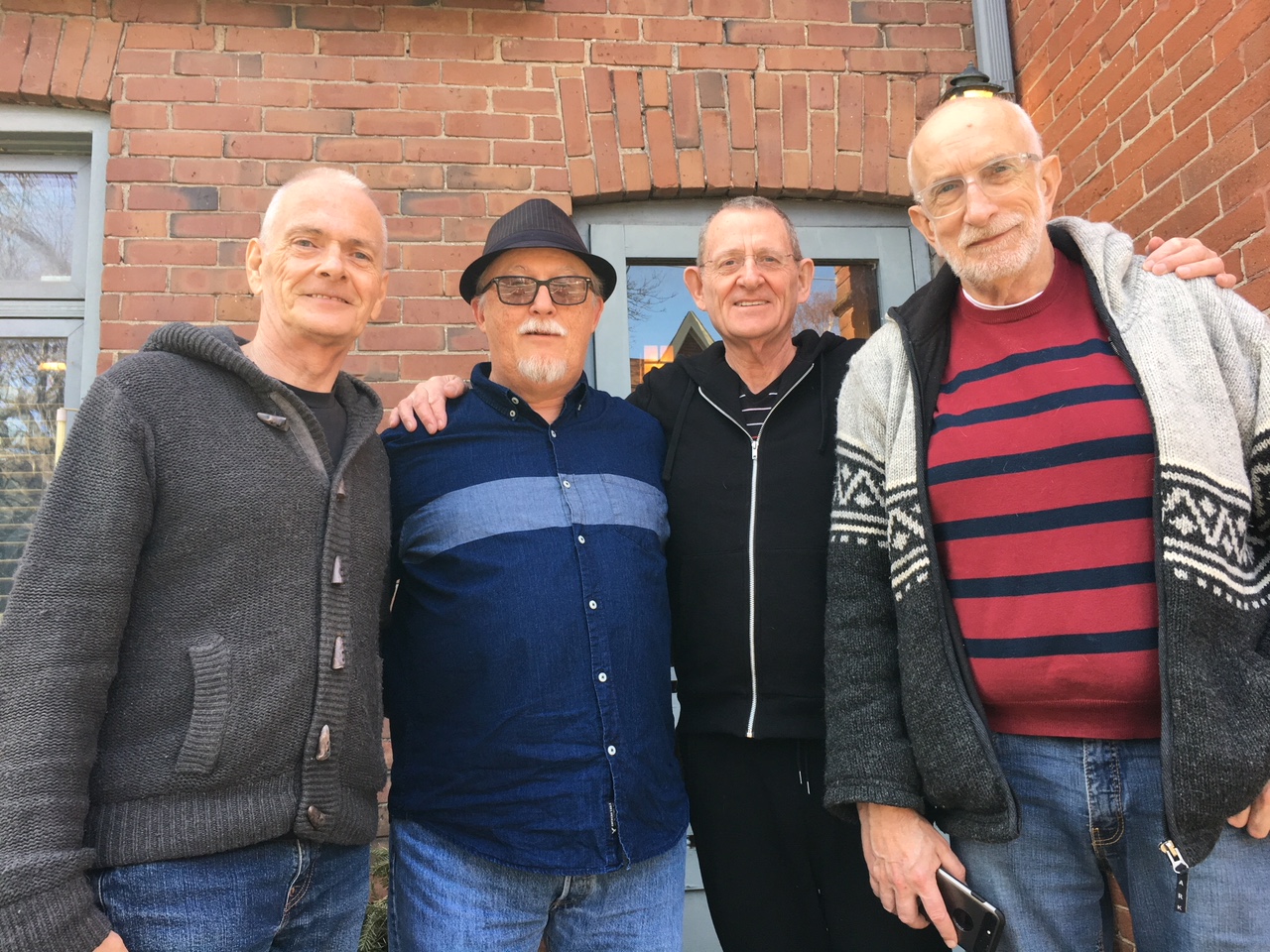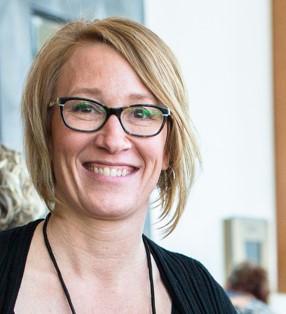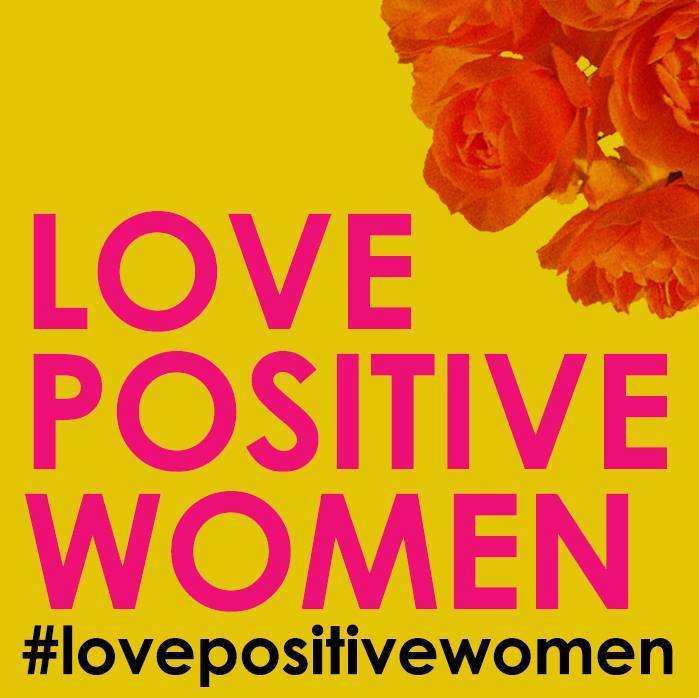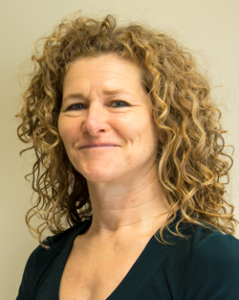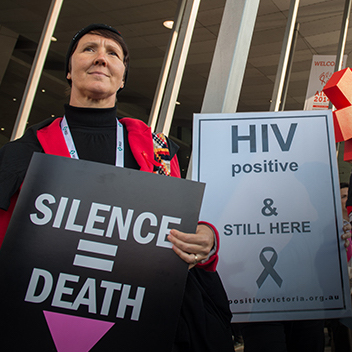PositiveLite.com: It’s gone, so what next?
April 9, 2018 • By Bob LeahyIt’s not surprising that PositiveLite.com —what we called Canada’s online HIV magazine but it was, I’d argue, so much more —came to an end on March 31. It had been going for nine years. It was a unique model run by people living with HV for people living with HIV. Most people thought we had big offices; in fact, we operated out of our own homes. We were independent in all senses of the word.

